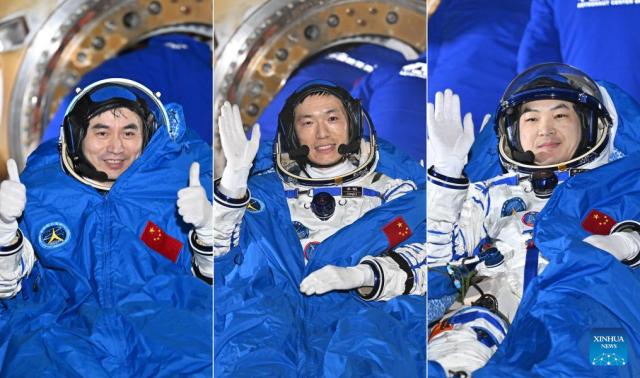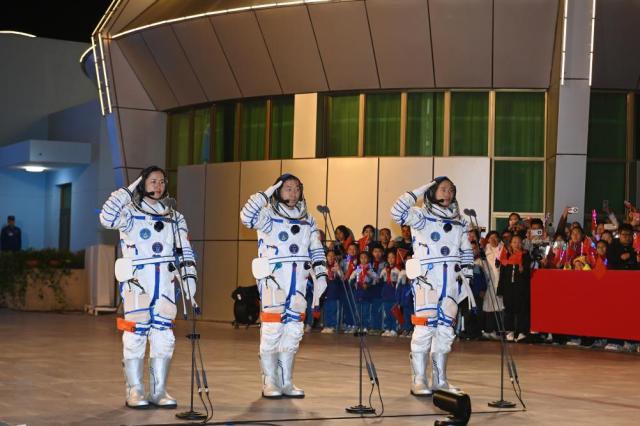These samples are expected to help develop space fiber lasers, create extraterrestrial materials, and explore the potential for life to spread through space. The return capsule, which carried three Chinese taikonauts, landed early Monday after completing a six-month space station mission.
The spacecraft brought back 55 types of scientific samples from 28 different research projects, including space life sciences, space materials science, and microgravity combustion science.
Life science specimens included methane-producing archaea, radiation-resistant microbes, and microorganisms that live in rocks, according to Xinhua. These specimens will help lay the foundation for understanding the habitability of extraterrestrial environments and how microorganisms adapt to the challenges of space.
The returned samples also featured high-temperature-resistant alloys, fiber optics, and optical coatings. These materials could revolutionize the manufacturing of next-generation aerospace turbine blades, space-based fiber lasers, and precision medical tools, according to Xinhua.
Additionally, the spacecraft returned nanoparticles from methane combustion, which could assist in synthesizing essential materials for extraterrestrial environments in the future.
Copyright ⓒ Aju Press All rights reserved.




